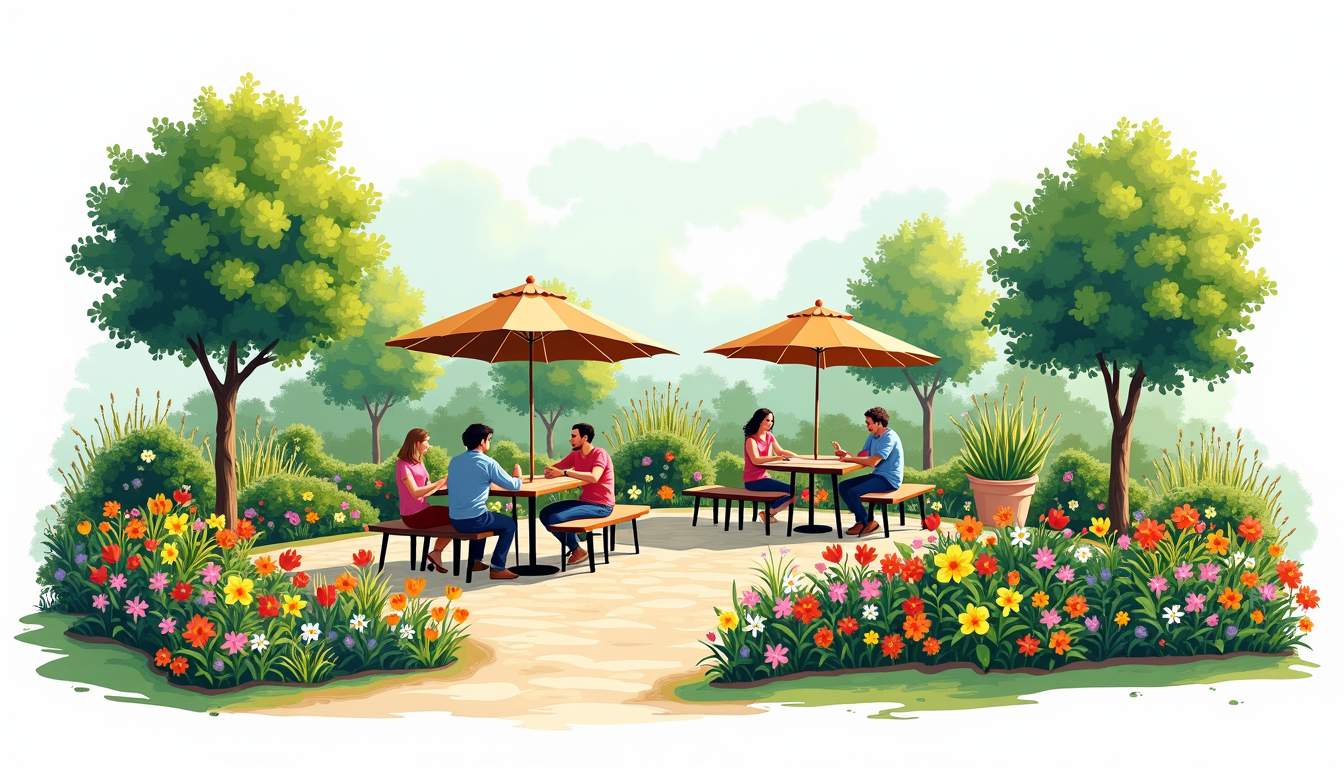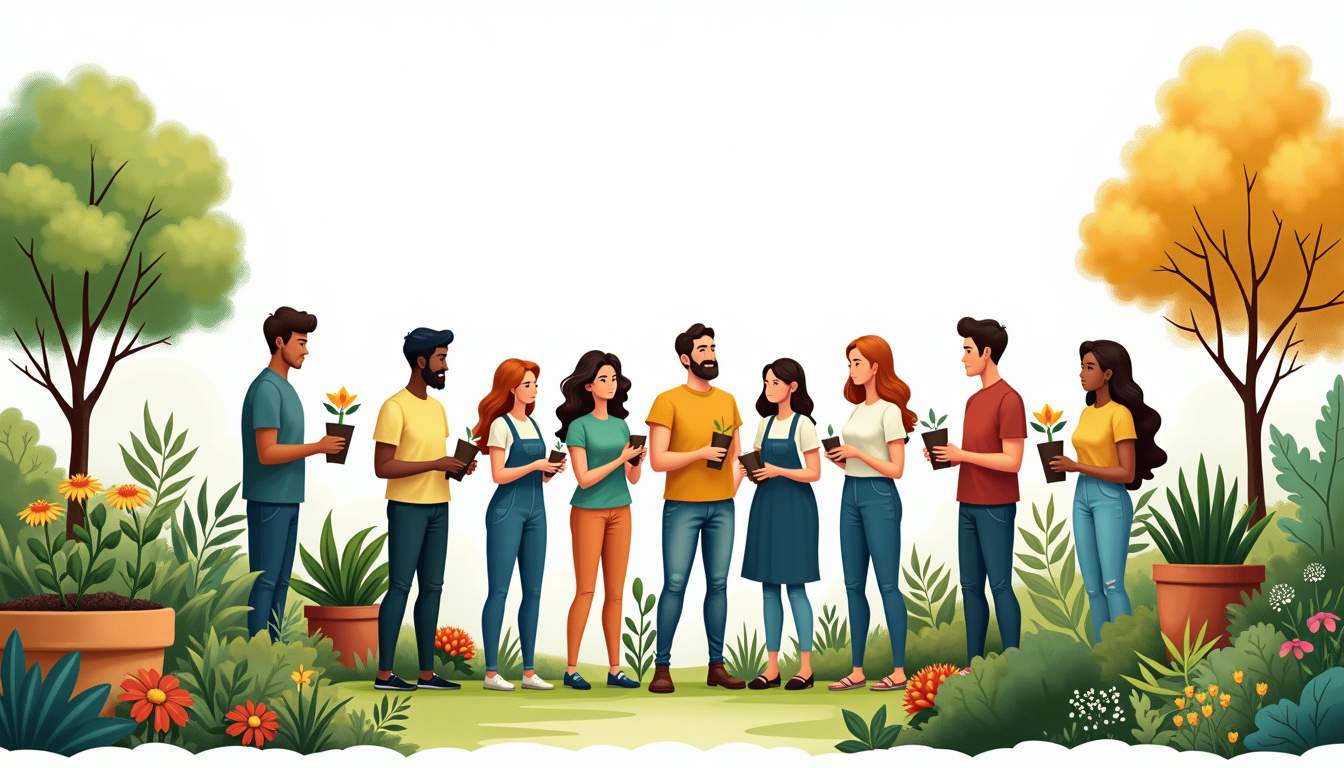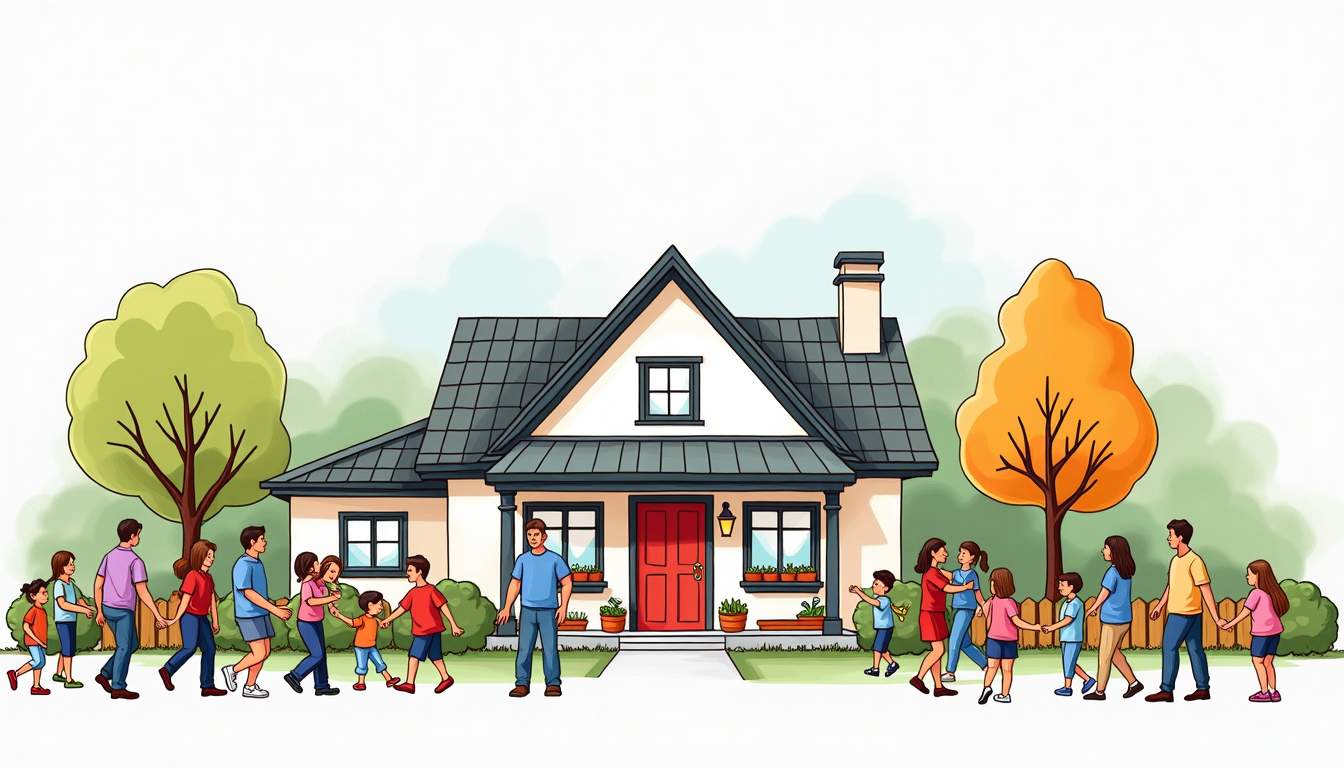
Communities thrive when neighbors connect around shared interests, needs, and values. Clubs are the informal infrastructure that turn strangers into friends, problems into projects, and free time into meaningful engagement. From book clubs that spark conversation to volunteer brigades that clear parks after a storm, these organized groups knit the social fabric that makes neighborhoods resilient and welcoming.
Social capital is the network of relationships and norms that enable cooperation within a community. Clubs are an efficient way to build that capital because they bring together people with a reason to interact regularly. Regular meetings, shared goals, and mutual dependencies—such as coordinating an event or maintaining a community garden—create the trust and reciprocity that underlie long-term cooperation.
Beyond trust, clubs serve as incubators for leadership and civic engagement. Members learn to organize, communicate, and solve problems, skills that transfer to broader community initiatives. Clubs also function as discovery engines, revealing unmet needs and channeling volunteer energy into targeted action rather than sporadic goodwill.
Moreover, clubs often foster intergenerational connections by uniting members from different age groups who share common interests. This diversity enriches perspectives within the group, encouraging empathy and understanding across social divides. The resulting social bonds not only enhance individual well-being but also reinforce community resilience in times of crisis. Clubs thus act as foundational units where social cohesion is cultivated, supporting both personal growth and collective strength.
In addition, the informal networks formed within clubs can help bridge gaps that formal institutions may leave unaddressed. For instance, clubs provide platforms for marginalized groups to voice their concerns and mobilize resources effectively. This grassroots level interaction often leads to innovative solutions tailored to specific local challenges, reflecting the nuanced needs of the community. Consequently, clubs contribute significantly to the social infrastructure by facilitating collaboration, fostering inclusive participation, and amplifying civic voices.
Volunteer clubs, whether formalized as nonprofit organizations or formed as neighborhood initiatives, address immediate community needs and build deeper bonds among participants. Examples include food distribution teams, neighborhood cleanup crews, disaster response groups, and mentorship networks for young people. These clubs often partner with schools, libraries, and local government to amplify impact.
When volunteer clubs operate with clear goals and steady routines—weekly food pantry shifts, monthly park cleanups, or seasonal fundraisers—they create predictable opportunities for people to contribute. That predictability reduces friction for new volunteers and helps sustain long-term engagement. In turn, consistently meeting community needs reinforces the club’s reputation and attracts broader support.
Not everyone can commit to weekly meetings, so many clubs embrace microvolunteering: short, well-defined tasks that volunteers can do on their own schedules. Examples include packing care kits, translating documents, or calling isolated seniors. Microvolunteering lowers barriers to entry while keeping people connected to a cause, and it often serves as a gateway to fuller engagement.
Sports clubs and recreational leagues are community engines in their own right. They promote health and wellness, provide structured activities for children and adults, and offer a regular rhythm of events that bring people together. Local soccer leagues, running clubs, cycling groups, and pickleball courts become social hubs where friendships form organically over shared wins, losses, and practice sessions.
The inclusive nature of recreational clubs matters. When leagues establish divisions for different ages and abilities, they ensure participation is attainable for everyone. Adaptive sports programs, for example, allow people with disabilities to join in and contribute. Recreational clubs that intentionally recruit volunteers, coaches, and referees from diverse backgrounds strengthen their community reach and model an inclusive culture.
Many sports and recreation clubs anchor seasonal traditions—end-of-season tournaments, summer field days, or winter festivals—that ripple through the neighborhood. These events mobilize volunteers, draw local businesses as sponsors, and create intergenerational experiences that become part of the community narrative. When clubs coordinate with schools and parks departments, those traditions can scale without losing their local flavor.
Arts and culture clubs cultivate creativity and celebrate local identity. From community choirs and theater troupes to crafting circles and photo clubs, these groups offer outlets for expression and opportunities to showcase local talent. Public art projects, pop-up galleries, and neighborhood concerts enliven public spaces and invite residents to take pride in shared cultural assets.
Artistic clubs also play a vital civic role by creating forums for dialogue. A reading group that tackles challenging books, a film club that screens documentaries followed by discussions, or a storytelling collective that highlights diverse life experiences can deepen empathy and broaden perspectives across the community. Those conversations are the subtle work of strengthening civic bonds.
Clubs oriented toward youth and families—scouts, after-school programs, hobby groups, and campus-based organizations—serve as critical grounding points for children and adolescents. They provide safe spaces for social development, mentorship, and skill-building. Clubs that combine fun with responsibility teach young people how to collaborate, lead, and contribute to something larger than themselves.
Parent-led clubs and family volunteer days connect generations. When families garden together, build playground equipment, or run a community carnival, children learn by example that civic engagement is part of daily life. These shared projects produce immediate benefits and create habits of participation that last into adulthood.
Mentorship programs within youth clubs, especially those that pair young people with older volunteers, foster intergenerational connection. Skills transfer—whether in trades, music, or civic knowledge—strengthens the community’s human capital. At the same time, older adults gain energy and purpose through these relationships, creating a reciprocal flow of support and meaning.
Clubs for seniors address isolation while leveraging accumulated experience and institutional memory. Whether centered on walking groups, book discussions, or civic advocacy, these clubs maintain engagement as people age. They also often become the backbone of volunteer efforts, contributing time and organizational skills to community projects.
Making senior clubs accessible—through transportation assistance, accessible meeting spaces, and flexible scheduling—ensures that older residents remain part of the community conversation. Programs that invite seniors to teach classes or lead initiatives value their expertise and preserve continuity across generations.
Neighborhood associations and block clubs focus on place-based issues: safety, zoning, public space maintenance, and local events. These organizations are effective because they operate at a scale where individual action has visible effects. A coordinated effort to install street planters, manage traffic calming measures, or organize a neighborhood watch produces tangible improvements that reinforce civic efficacy.

Successful neighborhood clubs balance advocacy with hospitality. Meetings that mix practical updates with potlucks or movie nights encourage attendance and build rapport. When associations welcome newcomers and provide clear pathways for involvement—such as short-term volunteer roles—participation becomes sustainable rather than burdensome.
When disasters strike, established clubs often shift from social activities to crisis response. Because members already trust one another and have working relationships, these clubs can coordinate quickly—clearing debris, running donation drives, or checking on vulnerable neighbors. The presence of strong club networks correlates with faster recovery and lower psychological stress after emergencies.
Planning for resilience—establishing communication trees, maintaining emergency supplies, and training volunteers—turns clubs into assets before a crisis hits. Regular drills and partnerships with local emergency services make response efforts more effective. Clubs that foster cross-group collaboration can pool resources and expertise when large-scale problems arise.
Clubs flourish when they are intentionally inclusive. That means recruiting across age, race, income, and ability lines; offering multiple ways to participate; and keeping costs low or subsidized. Transparency in leadership, clear bylaws, and rotating responsibilities reduce burnout and open space for new voices. Small gestures—providing childcare during meetings, making meeting spaces accessible, or offering language interpretation—dramatically widen who can participate.

Sustainability also involves financial foresight. Many clubs succeed by combining modest membership dues with periodic fundraisers, small grants, and local business sponsorships. Clear financial practices and simple record-keeping build trust and ensure continuity when leadership changes. Investing in basic administrative structures pays off in long-term stability.
Healthy clubs groom new leaders by delegating tasks, offering mentorship, and creating short-term project roles that build confidence. Succession planning prevents abrupt collapses when founding members step down and keeps institutional knowledge circulating. Encouraging shared leadership models, such as co-chairs or rotating committees, spreads responsibility and reduces reliance on a single individual.
Starting a club begins with identifying clear purpose and inviting a small core group to commit to a few initial meetings. Choosing a modest, achievable first project—a community cleanup, a potluck, or a short reading list—creates momentum. Publicizing through neighborhood social media, local bulletin boards, schools, and libraries helps attract a diverse membership.
Joining an existing club is often a matter of showing up and offering to help. Newcomers should look for groups with transparent meeting practices and welcoming orientations. Trying different clubs before committing helps match interests and time availability. Many successful clubs reward trial participation, seeing it as a natural step toward long-term involvement.
Clubs are more than hobby collectives; they are engines of social cohesion, civic capacity, and local resilience. Whether built around service, sport, arts, youth development, or place-based advocacy, clubs channel individual energy into collective good. Their everyday work—organizing a fundraiser, coaching a team, rehearsing a play, or tending a garden—accumulates into a community that can withstand storms, celebrate together, and pass on a stronger civic life to the next generation.

Communities that invest in supporting clubs—through neutral meeting spaces, small grants, publicity help, and inclusive policies—reap outsized benefits. In neighborhoods where clubs thrive, the community spirit is not an abstract feeling but a visible, practiced way of living together.
At Tennessee National, the spirit of community thrives alongside luxury and natural beauty. Join vibrant clubs, enjoy exclusive events, and connect with neighbors who share your interests in an exceptional gated setting. Experience resort-style living with top-tier amenities and an active social calendar designed to bring people together. Schedule a Private Tour today and see how Tennessee National can be your next home for meaningful connections and memorable moments.